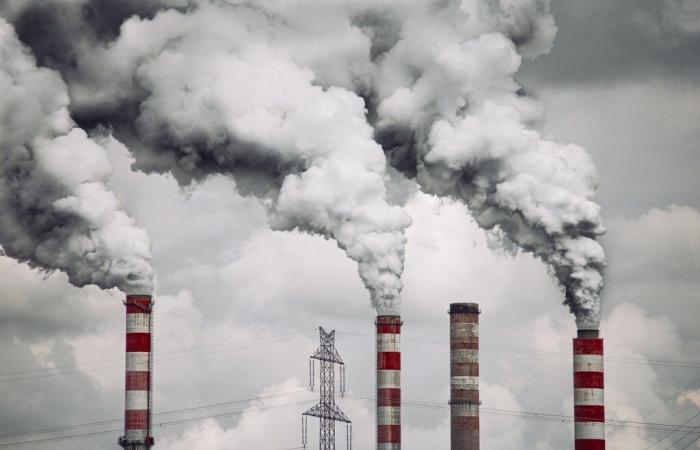In September, French industrial production fell by 0.9% compared to August, marking a clear decline for several key sectors, notably that of pharmacy. This decline reflects a worrying trend for energy-intensive sectors, already weakened by the increase in energy costs.
Widespread decline in industrial production, driven by pharmaceuticals and automobiles
Industrial production in France experienced a contraction of 0.9% in September compared to August, according to figures published by INSEE. This decline follows an increase of 1.1% observed in August. The manufacturing sector also recorded a decline of 0.8% in September, after an increase of 1.4% the previous month.
Among the most affected sectors, the pharmaceutical industry recorded a spectacular fall of 11.7% in September, after a month of August judged ” exceptionally high » (+18.8%). This sudden correction is explained by a return to levels more in line with seasonal averages, after a peak of activity in August. The transport sector also suffered a significant decrease year-on-year, with a drop of 5.5% in the manufacturing of transport equipment and 12.8% for the automobile industry.
Other sectors are also showing signs of weakness: capital goods manufacturing fell 2.6%, while coking and refining was down 7.4%. Conversely, the extractive industries, energy and water progressed slightly (+1.5%), as did the agri-food industries and the “other industrial products” group (+0.4% each).
The impact of energy costs
The decline in industrial production is accompanied by an increase in energy costs for intensive industries, a phenomenon which could lastingly affect certain sectors. Electricity and gas contracts, negotiated in the midst of inflation in 2022 and 2023, now impose an increased financial burden on the most energy-intensive companies. As a result, these branches, already weakened, are struggling to regain their 2021 production level.
INSEE indicates that production in the third quarter of 2024 in energy-intensive branches remains significantly below that of the second quarter of 2021, a period prior to the sudden increases in energy prices. The steel industry, for example, posted a 24.8% drop in production over this period, followed by glass manufacturing (-21.2%), basic chemicals (-17.8%), and production of paper and cardboard pulp (-11.7%). These declines demonstrate the difficulties in absorbing the impact of cost increases on sectors already heavily dependent on energy.
INSEE also adjusted its data for previous months. The change in the manufacturing index between July and August, initially announced at +1.6%, was revised downward to +1.4%. These adjustments are a reminder of the complexity of current industrial dynamics, subject to unpredictable variations, both structural and cyclical.






